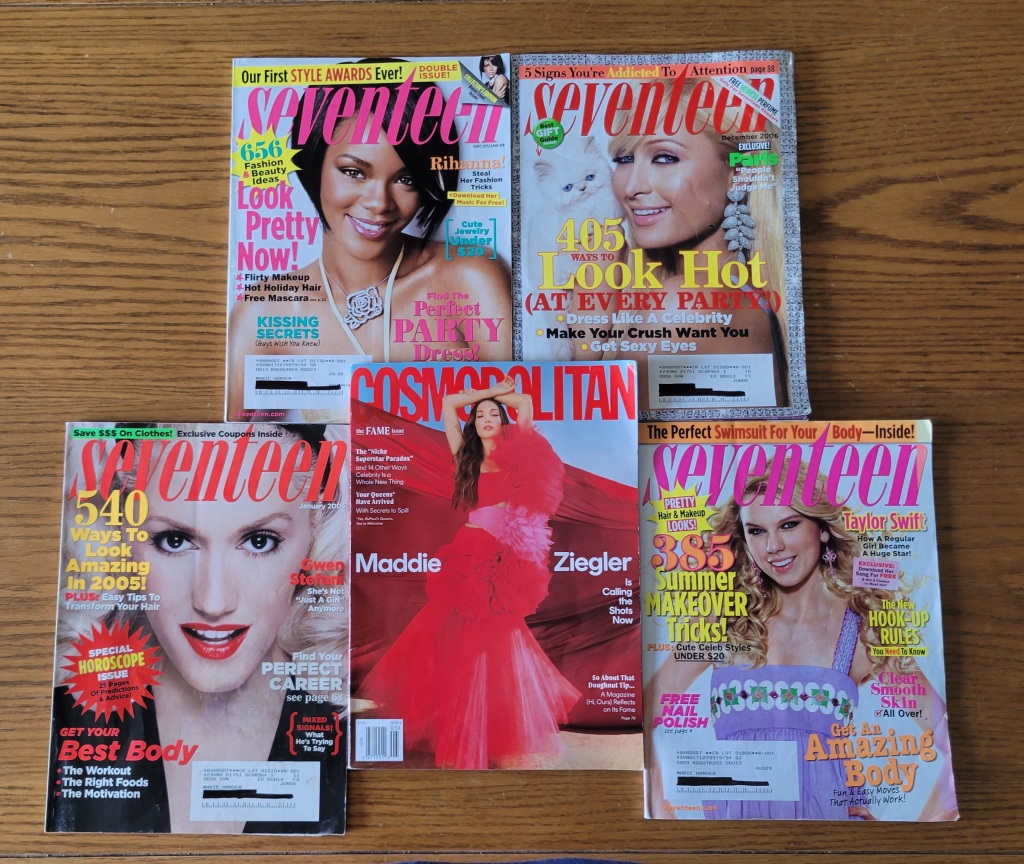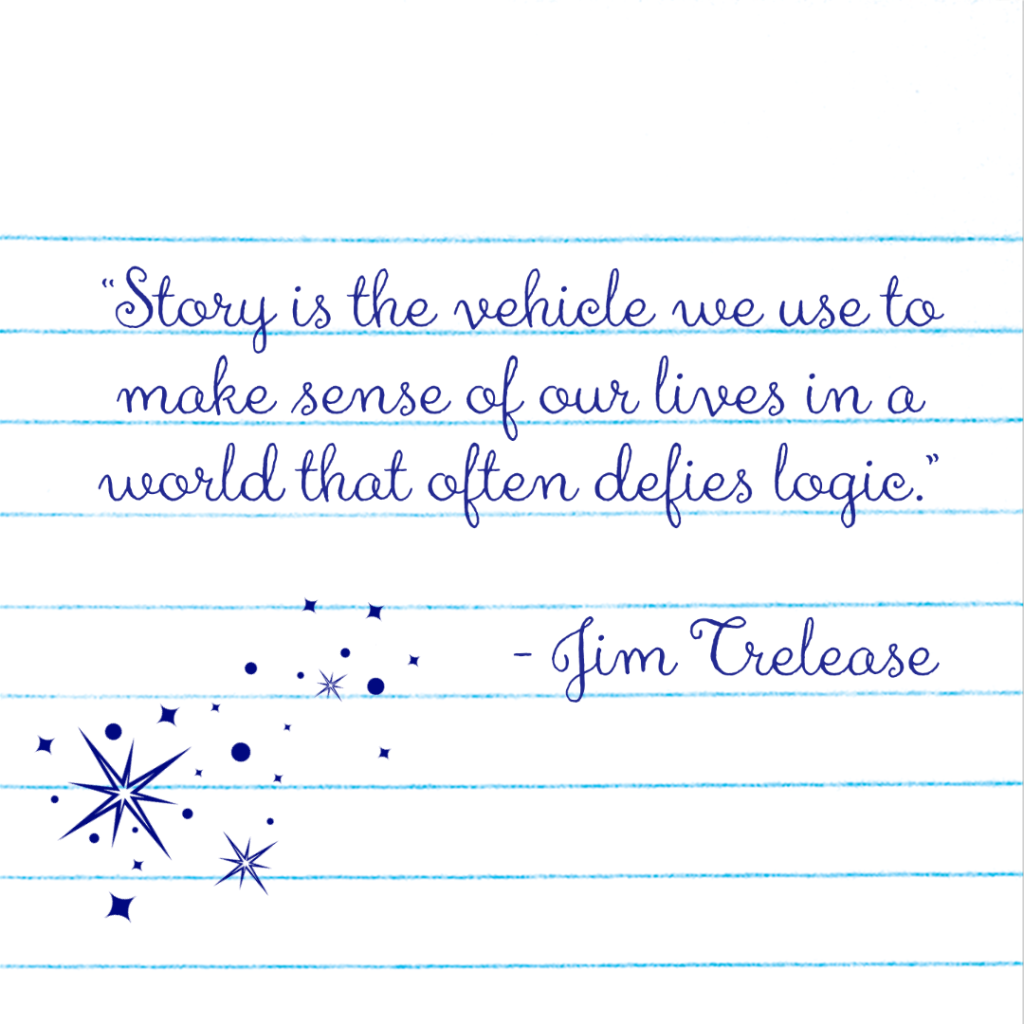
Hello, dear internet friends,
I don’t remember when I first started looking for them, but once I did, found myself surrounded. They were everywhere.
Those lips. When did everyone get those lips?
By “everyone,” I actually mean almost no one. A tiny subset of the population, but a highly visible one: female celebrities on the spectrum from “popular in one corner of the internet” to “so famous her absence at award shows is noted.” Even if you only casually engage with pop culture, you’ve seen The Lips: artificially puffy and even top-to-bottom. Strikingly similar to a certain cosmetic brand’s imagery.
The prevalence of The Lips—presumably achieved via injectable lip fillers, which celebs are varying degrees of forthcoming about using—has been building for years. I wonder if they’ve reached their peak of popularity and within a year or so won’t be “in style” anymore. I hope so, but I also think they’re just the easy-to-spot tip of the iceberg. For me, their undeniability has been a gateway to realizing how common cosmetic procedures, including much subtler ones, must be amongst celebrities.
Maybe you already knew that. But it wasn’t until this year that I really saw it.
Months ago, I came across a body+soul article about actress and advocate Jameela Jamil. It drew attention to one of Jamil’s Instagram posts. In response to a Vanity Fair article about how the Kardashians “reshaped the beauty industry,” she called for transparency about the cosmetic procedures they’ve had done. (They’ve admitted to some things and denied many others.) What stuck with me was part of the quote at the end of the article from a previous interview with Jamil:
“I think it’s important to investigate why maybe we want the Botox or the nose job or the boob job, etc, and make sure that we are genuinely doing that for ourselves. It’s really hard to unpack why we make those decisions in the first place.”
Genuinely doing that for ourselves. That’s the part that stood out to me. For context, this was not about the Kardashians; the broader statement was that what you do with your appearance doesn’t define if you’re a feminist or not. I appreciate that Jamil immediately noted how “hard to unpack” such a choice would be. But the question I keep asking myself is: if you make a significant change to your natural features to match current beauty standards, how could it every truly be just “for yourself”?
For comparison, I’ve been thinking all the different things people do with their hair. Grow it out, shave it, dye it pink, braid it. The options are many and varied, as are the meanings—personal or cultural—attached to them. On the other hand, when it comes to altering facial features—be it with cosmetic procedures, photo filters, or makeup, as the Seventeen article I mentioned last month suggested—those changes tend to go in a one direction. Lips fuller. Nose slimmer. Eyes wider. The ubiquity of the beauty ideal washes out appreciation for individual difference and covers up its complex interactions with gender, class, culture, and race. For example, in a 2017 essay for gal-dem, writer and creator Jess Lawrence discussed how she and other black girls like her experienced discrimination regarding their fuller lips while growing up. In contrast, the enhanced lips of many white celebrities today are viewed as “trendy” and admired.
I’ve wanted to write about this topic for months but have always stopped short. In part, I was afraid of saying the wrong thing. Somewhere along the way—I believe from women’s media websites, and maybe some public figures—I got the sense that the dominant sentiment about cosmetic procedures from ostensibly female-uplifting sources was: If it makes you happy, go for it. It’s your right! Through that frame, questioning such choices sounds like discrediting one’s right to bodily autonomy. In her book Trick Mirror: Reflections on Self-Delusion, writer Jia Tolentino argued that mainstream feminism “has put such a premium on individual success, so much emphasis on individual choice, that it is seen as unfeminist to criticize anything that a woman chooses to make herself more successful—even in situations… in which women’s choices are constrained and dictated both by social expectations and by the arbitrary dividends of beauty work…”
The problem is that the individual appearance-related decisions of public figures do not only affect them. This is especially true when celebrities directly profit off people’s desires to look like them—why Jamil has been calling out the Kardashians for years—which increasingly feels like a core part of modern fame. The market for celebrity skincare and makeup lines is seemingly boundless. You can be a young TikTok star or an older A-list actor and incorporate one into your brand.
Kylie Jenner’s popular “lip kits” appear to be the archetype for key facets of this moment in pop culture. Her makeup brand is inextricably linked to her cosmetically altered face. In May 2015, after much public speculation about her significantly fuller lips, she admitted to having gotten lip filler. She was still a teenager. A couple weeks before, she tweeted, “I’m not here to try & encourage people/young girls to look like me or to think this is the way they should look.” Six months later, she released her first lip kits, a matte liquid lipstick and pencil duo. The boxes featured a graphic similar to her own lips, similar to The Lips seen everywhere now. They sold out in less than a minute. She continued to expand her range of lip kits, which felt like the center of the makeup universe at the time.
I got two of them.
I can’t control anyone else’s behavior, nor would I ever dream to. But there is power my own. You don’t have to have a worldwide platform to have influence. In this article, beauty culture critic Jessica DeFino expertly laid out the ways in which we are all an integral and influential part of the system. We can’t fully pass the blame to celebrities or some amorphous entity like “media” or “society.” As she says, “When we participate in toxic beauty culture, we perpetuate toxic beauty culture.” The flipside is that we can also make active choices to “divest” from the impossible beauty standards that hurt all of us (celebrities included).
I don’t use face-altering filters when I post on social media. In the last couple years, I stopped wearing foundation—with the exception of my wedding—because I realized it made me feel worse about how my skin actually looks. I also understand that how I spend my time and money matters. I wouldn’t purchase a Kylie lip kit again, given what it represents to me now. But I don’t say that to shame my past self, and I wouldn’t shame anyone else for their choices, either.
Beauty culture is tangled web. Teasing apart the threads of truth that will carry us out can feel near impossible at times. But the level of perfection demanded by beauty standards won’t be required in our escape. We just have to do our best to really see each other through it all. And look out for each other.
xoxo
Marie








